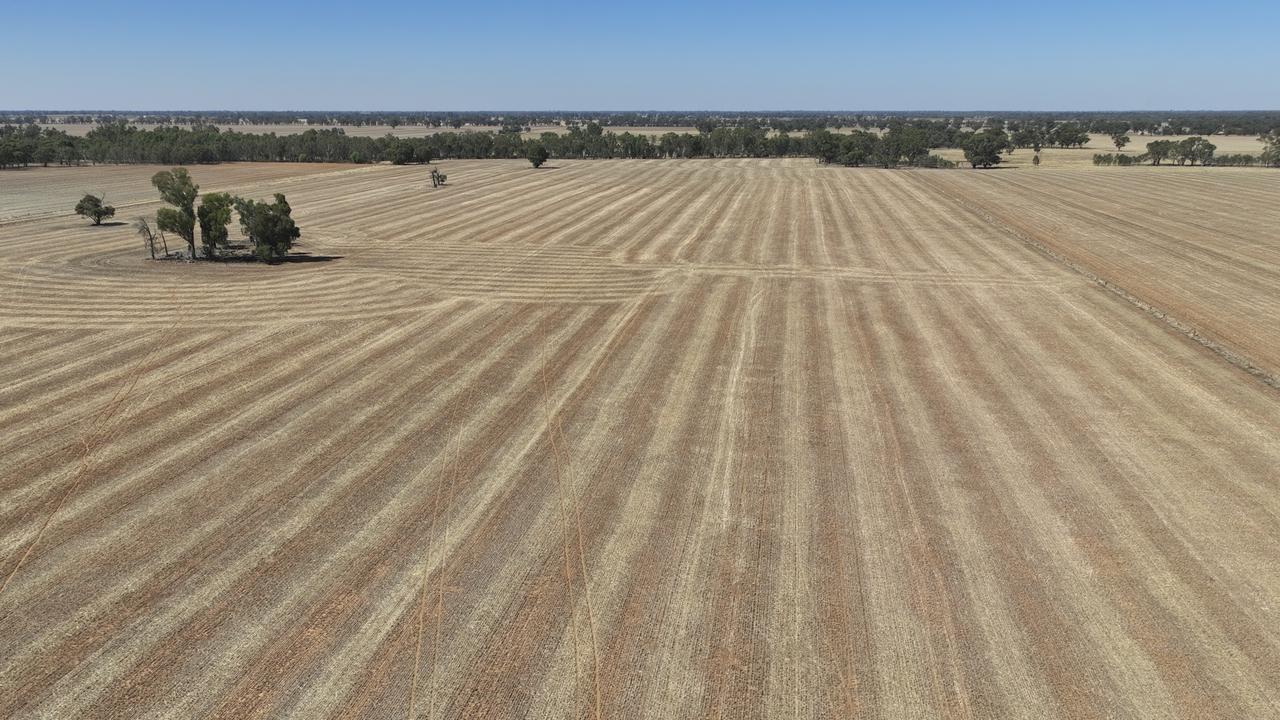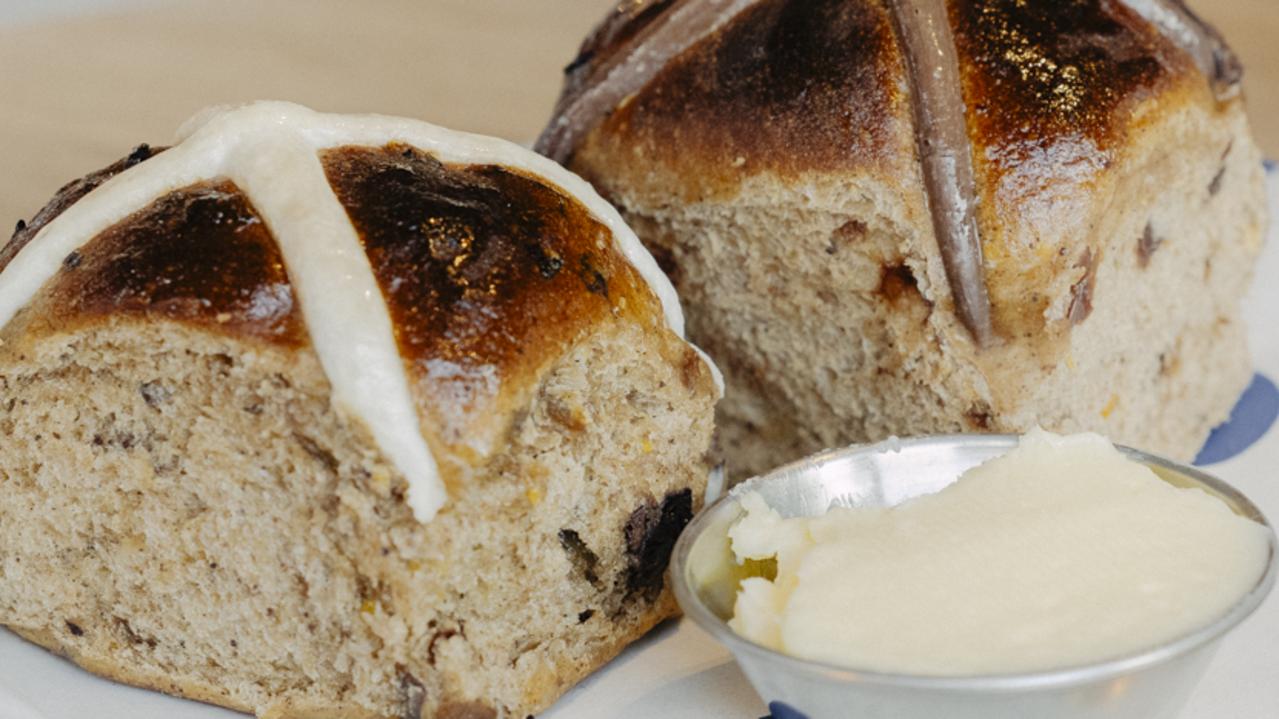Source of asbestos at almost a dozen Melbourne parks revealed as ‘historic dumping’
The environment watchdog has revealed how it believes asbestos ended up at more than a dozen parks across Melbourne, as the number of contaminated sites continues to grow. See the full list.
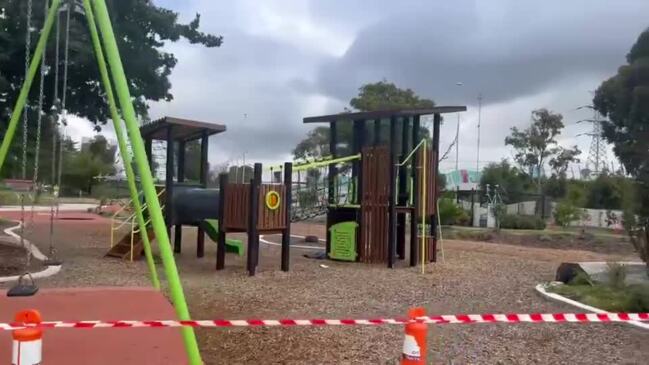
Victoria
Don't miss out on the headlines from Victoria. Followed categories will be added to My News.
Asbestos has now been discovered at 18 parks across the city, as the environment watchdog reveals the likely source of contamination at the majority of sites is “historic dumping”.
The number of contaminated sites continues to grow, after the Environment Protection Authority on Thursday night confirmed samples taken from five parks in Melbourne’s west tested positive for asbestos.
The majority of these parks are located across Altona and Altona Meadows, namely Truganina Park, Grieve Parade, Cherry Lake Buffer Mound and Kororoit Creek Reserve, as well as Newport Lakes Reserve.
The EPA said this marks the end of the assessment of parks in the City of Hobsons Bay that have received recycled mulch.
According to the EPA website, the likely source of contamination at all but four of the 18 parks has been determined as “historic dumping” or “legacy in situ contamination”.
“When determining if a case is likely to be waste introduced after the mulch had been laid, officers looked at the size and placement of the material,” the website reads.
“When suspected asbestos pieces are larger in size than the standard size of the mulch, it is unlikely the asbestos has been through the mulching process.
“If the asbestos is sitting on the surface, rather than mixed into the mulch, it is most probably a recent addition to the mulch.
“Officers also look for other signs of contamination in the area, such as other building waste and debris and also looked at the historic use of the site and whether it was likely contamination was present when the mulch was laid.
“A combination of these factors has led our officers to believe historic dumping and legacy contamination is the cause of the majority of the asbestos contamination found.”
The EPA explained last week that asbestos could end up on top of mulch because of “littering, dumping or flood wash” or it could turn up under mulch because it was already there when fresh mulch was laid.
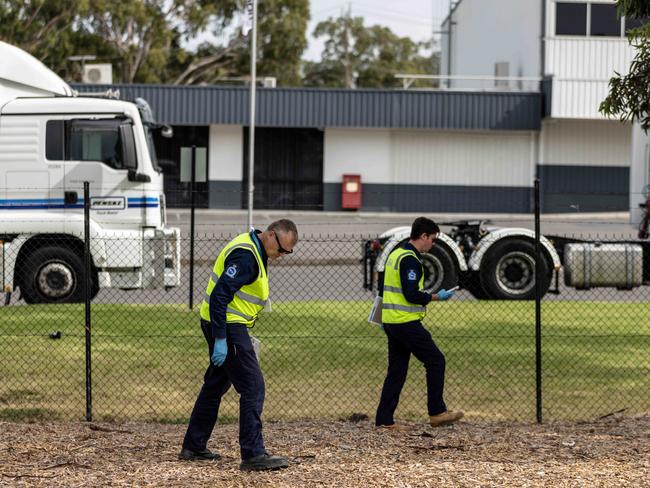
The EPA will continue to examine the mulch supply chain in the City of Hobsons Bay, focusing on contamination risk controls of those involved in transporting, handling and laying mulch.
However, three key mulch producers used by the City of Hobsons Bay have been cleared, after they were confirmed to not have any “visible asbestos-containing material” in their mulch products.
The EPA will also continue to investigate the sources of contamination at Donald McLean Reserve in Spotswood and Kororoit Creek Reserve in Altona North.
Asbestos was first discovered at Donald McLean Reserve by a parent more than two weeks ago, triggering the probe into potential asbestos contamination in mulch.
While the EPA has determined asbestos found in one area of Donald McLean Reserve is most likely from historic dumping, the source of small traces of asbestos found elsewhere in the reserve remains under investigation.
The source of contamination at Kororoit Creek Reserve also remains under investigation, but it appears to be not associated with the mulch on the site.
Outside the City of Hobsons Bay, the source of contamination at Hosken Reserve in Coburg North and Shore Reserve in Pascoe Vale South has specifically been determined as “historic buried material” and “nearby construction works”, respectively.

It comes as small pieces of asbestos-containing material were found at a park in Melbourne’s southeast earlier this week, which marked the first time the contamination probe had unearthed asbestos on the other side of town.
Asbestos was located in a mulched garden bed at Minihans Reserve in Cranbourne, following a “proactive inspection program” in the City of Casey.
“Sites where asbestos-containing material has been detected are being actively managed to prevent public access until the site is cleared of any visible contamination,” the EPA said.
Only three of the 18 contaminated sites have been cleared and reopened, namely Fitzgerald Square Reserve in Sunshine West, Minihans Reserve in Cranbourne and Shore Reserve in Pascoe Vale South.
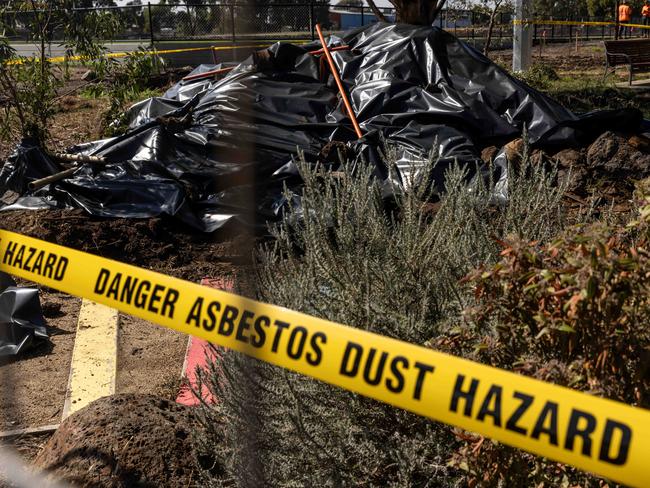
But according to the EPA website, all of the asbestos that has been found is in “bonded form” and poses a “negligible health risk”.
“Bonded asbestos is generally made up of a small amount of asbestos fibres that are tightly bound in a product such as resin or cement,” the website reads.
“It is considered low risk for people who are in contact with it, unless damage or bad weathering lead to asbestos fibres being released into the air.
“It is not unusual for people to find pieces of bonded asbestos in their homes or in the community.”
Most of the sites under investigation by the EPA are located in the City of Hobsons Bay, but the City of Merri-bek, the City of Brimbank and the City of Casey have also been caught up in the probe.
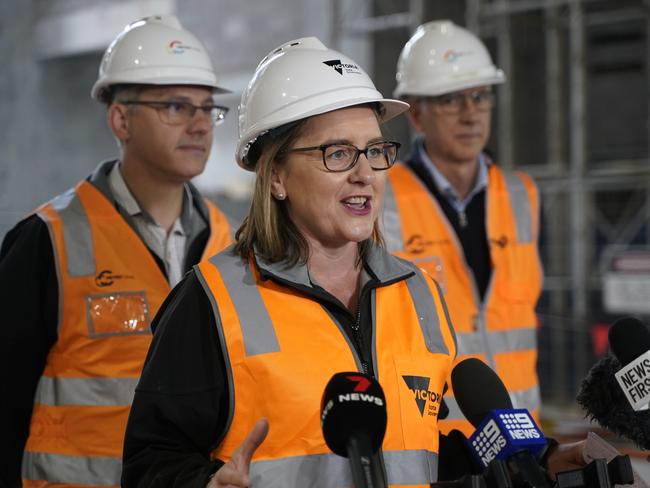
Hobsons Bay City Council last week said it would write to Premier Jacinta Allan and call on the state government to “emulate New South Wales in establishing an asbestos taskforce”.
At a council meeting, councillor Daria Kellander moved for an item of urgent business to be debated, which was ultimately carried.
Ms Kellander said the matter needed to be treated as a “priority”.
“I think it’s really a serious issue that has hit our neighbourhoods, residents and community,” Ms Kellander said.
The NSW government launched a taskforce in February in the wake of asbestos-contaminated mulch being found at schools and parks across Sydney.
But earlier last week, Premier Jacinta Allan shut down suggestions that Victoria needs a separate asbestos taskforce.
“There are already significant resources and powers that the EPA and also Sustainability Victoria has in terms of handling asbestos in our community,” Ms Allan said.



